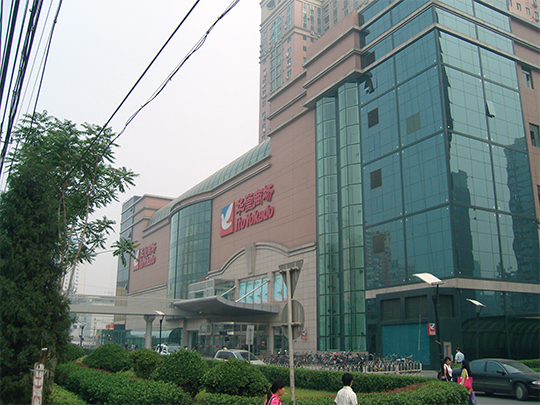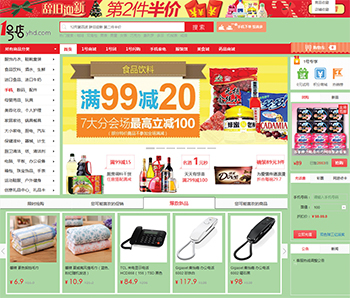
By / Yujun Qiu, Retail Analyst, Planet Retail
In the past year, many international retailers have been reported as quitting, or considering quitting, the Chinese market. Tesco has signed a memo with China Resources Enterprise to form a joint venture, in which the UK-based retailer will take only 20%. Most likely, Tesco will lose its own banners as a consequence. Carrefour China is also rumoured to be either selling its operation or launching an IPO to finance any further expansion.
And the similar story goes to German Metro Group’s Media Markt, the Korean operator E-mart and Lotte Shopping, Lotus from Thailand, etc.
So it seems the glory days days of international retailers breaking the Chinese market are coming to an end. The country that promised so much has suddenly become so hard to crack. So what really happened?
Competition >>
It has now been almost a decade since China fully opened its retail market to foreign companies. Big cities like Beijing, Shanghai and Guangzhou, as well as affluent coastal cities have now reached saturation point. It is no longer as easy to grab land for new stores, particularly in prime locations.
At the same time, many Chinese operators have accelerated their growth by learning from and imitating their international rivals. Together with their excellent knowledge of local consumers, established connections with suppliers, business partners and local governments, domestic retailers have proved to be worthy competitors against foreign companies. Whereas the multinational interlopers once led the market, now it is home-grown retailers that are setting the pace.
E-commerce >>
The rise of e-commerce has significantly changed the Chinese retail market landscape in the past few years and has had an immense impact on all formats. Although consumers are still frequently visiting bricks and mortar stores for fresh produce and food, more Chinese consumers are buying electronics, clothing, household products, and personal care products online. Coincidentally, these high-margin products are a principal source of profit for many offline retailers, especially grocers, who attract store traffic with food but see little impact on their profit margin as a result.
E-commerce has had an even greater impact on the non-food bricks and mortar retail sector. Being able to offer a broader range and, more importantly, lower prices, online retailing is expected to continue further eroding profits of physical competitors, pushing their margins ever thinner.
 Rentals >>
Rentals >>
Rentals are the last straw for many retail outlets, and the factor forcing many to the wall. With already slim margins in China, particularly for grocers, numerous retailers find they can no longer afford rocketing rentals and are compelled to surrender good locations as a consequence. China is currently in a cycle where large numbers of retailers are renewing their contracts with landlords. It will shock no one to hear of store closures coming about because of this.
Localisation >>
Despite their best efforts, many international retailers have never succeeded in becoming genuinely localised for the Chinese market. Although they may hire local employees and managers, it is still difficult for Chinese talent to rise to the higher echelons of foreign-owned businesses. Key decision-makers are usually expatriates or even those in boardrooms back at the operators’ headquarters.
To a considerable extent, those retailers’ prospects in China are determined by those foreign decisionmakers’ understanding of the Chinese market or, more often, their ‘business instincts’. After a few years executing strategies devised by such thinkers, they usually discover it has not worked out as planned, but by then it could be too late to salvage the operation.
China still has the potential >>
So does China still have potential and do foreign retailers still have a chance? The answer has to be yes.
The Chinese economy will maintain a steady pace of growth in the foreseeable future, although it is not likely to experience another miraculous growth and consumer incomes will continue to increase along with it. Technologies and infrastructure are expected to improve gradually. A large section of the population – over 700 million – currently living in rural areas will be progressively urbanised.
Hundreds of tier 3 and tier 4 cities are waiting to be opened up, all of them offering potentially impressive rates of consumption. And the more open-minded younger generations will further stimulate retail consumption. So, yes, China still has the potential, as well, of course, as challenges aplenty, such as a saturated market, a fastchanging e-commerce environment, diverse shopping habits in smaller cities, inefficiencies in the supply chain, a lack of management talents and the difficulties of maintaining oversight across a large number of stores in a vast area.